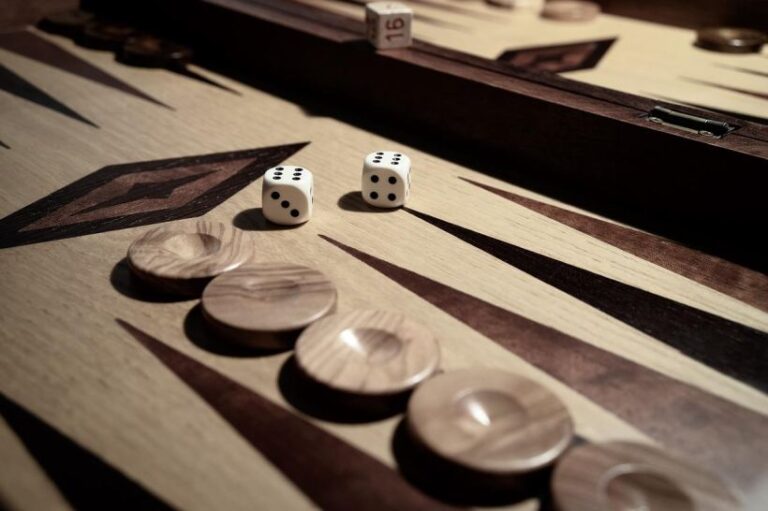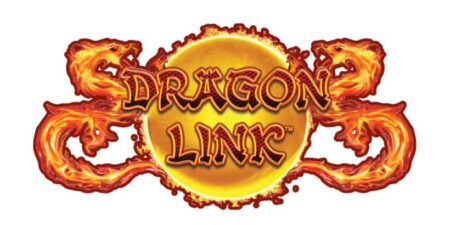Backgammon is one of the oldest board games in existence. The game is thought to have been created over 5,000 years ago and has been enjoyed by players all over the world ever since, with many either playing the traditional board version whilst others enjoy online backgammon with family, friends and other players from all over the world.
Thankfully, it is very simple to play this game and anyone can enjoy it once they learn the rules of the game.
What are the rules of backgammon?
The basic rules of table online are simple: players take turns rolling dice and moving their pieces around the board, with the goal of being the first to remove all of their pieces from the board. However, there are many different ways to play the game and a variety of specialized terms and strategies that can be used.
The objective of the game is to move all of your pieces off the board before your opponent does.
Each player has 15 pieces, each of which can be in one of two states: “active” or “blocked.” Active pieces are able to move, while blocked pieces cannot.
Players take turns rolling a pair of dice and then moving their active pieces accordingly (for example, if 2 and 5 come up on the dice, you would move one piece that number of spaces forward or backward). To help you decide where to move, consider: what numbers are left on the remaining dice; whether it is better to move forward or backward; how many moves ahead you will be; and whether it is possible for your opponent to block your current move.
If you roll a double (two of the same number), you can move twice the normal amount. For example, if you rolled two 4s, and had an active piece that could normally move 4 spaces, you could instead move that piece 8 spaces.
If your opponent has any pieces in your “home” area (the furthest back row on their side of the board), those pieces are considered “blocked.” This means they cannot be moved until one of your pieces enters their home area and unblocks them.
You can only move your pieces onto empty points. However, if there is only one of your opponent’s pieces on a point, you can “hit” that piece by landing one of your active pieces on the same point. When you hit another player’s piece, that piece is removed from the board and placed onto your opponent’s bar (a designated area at the bottom of their side of the board).
If one of your pieces reaches your opponent’s home row, that piece is “crowned” and can no longer be moved by your opponent. However, if any active opposing pieces are inside your home row, they can hit yours and remove it from the board before it gets crowned.
You must move all of your active pieces off the board before your opponent does in order to win. If you fail to do this, you lose!
The above tips should help you get started as a backgammon player. However, keep in mind that there is much more to learn if you want to become a true expert at the game.
Glossary of Backgammon Terms
Active: A piece that can be moved on a player’s turn.
Bar: The area in the middle of the board where pieces go when they are hit by an opponent and remain before re-entering the game into a home board.
Blocked: Pieces that cannot be moved because they are in an opponent’s home row or because there is another piece blocking their path.
Home: The furthest back row on a player’s side of the board. This is where pieces must go in order to be removed from the game.
Home Row: The three points closest to a player’s home. Pieces must reach the home row before they can be removed from the game.
Point: One of the 24 spaces on a backgammon board. Each point is numbered, with 1 being the furthest point from a player’s home and 24 being the closest.
The words featured are some of the most common backgammon terms that you will encounter when playing the game. However, there are many others in addition to these that a player may come across when playing, too!










